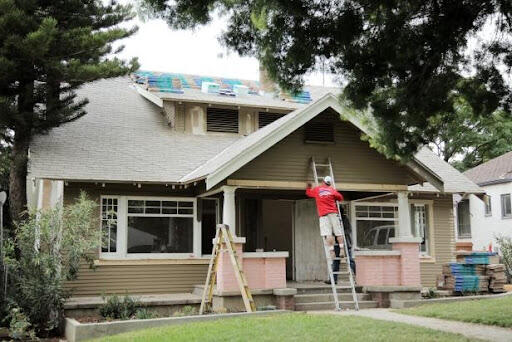While not without risk, of course, real estate remains amongst the safest and most rewarding of investment opportunities. From flipping to renting to rehabbing, there are numerous ways to go about it, which provides options but can be daunting for those not sure where to start. Let’s focus on two of the best investment methods for beginners.
Buy and Hold
If looking for a conservative and low maintenance investment, buy and hold could be ideal for you. Simply put, this purchasing a home and holding it for an extended period of time as it appreciates in value. Most commonly the owner will rent it out while holding it in order to produce positive cash flow. Note that acquiring financing may be more difficult than it was for your real home — for a non-primary home, the down payment could be 20 to even 30 percent.
Timing the market is important, but even more important is timing yourself. How long do you want to hold this asset? This answer will guide other decisions. A property you’d want to hold for five years versus one you want to hold until retirement in 25 years will rarely look the same. Shrewd investments around the house, like replaced flooring, repainted walls, or new kitchen finishes, can increase the home’s value and rent projections, but be careful not to eat into your eventual profit margin. Research which remodeling projects are seeing the greatest return on investment.
At the risk of sounding obvious, the home needs to be a revenue-producing asset. When looking at potential homes to buy and hold, you should make yourself fully aware of current rents in the community and project what you’d realistically be collecting monthly after taxes, insurance, utilities, potential vacancy, HOA fees if applicable, etc. A well-researched and executed buy and hold is a very safe bet on future prosperity.
Flipping
More than just reality TV fodder, buying and flipping homes after a quick rehab remains a highly valuable way to invest in real estate. This method is much quicker and more labor intensive during that time. Given obstacles like rapidly changing market dynamics or unforeseen renovation complications, it can be more risky.so you’ll need to do lots of homework ahead of time. Not only do labor costs add up quickly, a particularly pressing concern currently is the skyrocketing cost of some raw materials.
The key to starting off is being able to identify an undervalued home that you can confidently project being able to turn an immediate profit on. Purchasing a home at 85 percent of its fair market value is a solid benchmark to shoot for in your search. That’s probably not something you see on Zillow every day, which is why the best way to find such an undervalued home is through the seller directly — which also reduces the number of competing offers you’re likely to face.
The home may be undervalued for one of numerous reasons, but ensure that a structural red flag isn’t one of them through a thorough inspection. Next, time is money when it comes to flipping, so you should already have the remodel projects and potential contractors in mind by the time you close on the home so that you can get them started immediately. 60 days is an aggressive yet realistic window to complete renovations, get it back on the market, and find a buyer.
In some circumstances, flipping can be combined with buy and hold for a hybrid-type strategy. For example, purchasing a home and renovating it, but renting it out for three to five years to allow it to further appreciate. Of course, there are many other ways to get invested in the real estate market, but these two strategies are amongst the best to start off.

